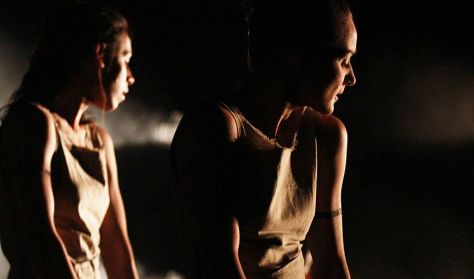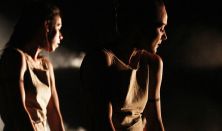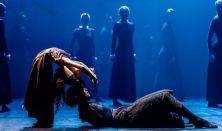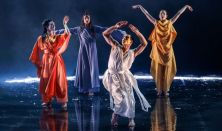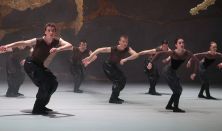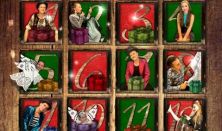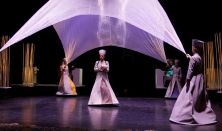Az a „szentély”, ahol a társulás tagjai tisztelik a spirituális értékeket és az univerzum törvényeit, ahol óvják a természetet és őrzik a kultúrát, nagy becsben tartják saját gyökereiket, megélve a jelent, de nem feledve a múltat. E régmúlt értékrendszer találkozása a jelennel, azaz a mosttal. Ez az én agorám. Tiszta tánc, dimenziók komponálása, ritmizált elegancia. (Hámor József)
Előadják:
Fekete Zsófia
Tóth Laura
Mangi Kornélia
Maday Tímea Kinga
Bali Boglárka
Baumgartner Krisztina
Zene: Hámor József (Gangaray Experimental Music)
Fény: Hámor József
Jelmez: Maday Tímea Kinga
Koreográfus: Hámor József
Támogatók: Nemzeti Táncszínház, COTEDA Nonprofit Kft, Kortárs Táncművészetért Alapítvány, SÍN Kulturális Központ, Gumitégla Kft., Magyar Művészeti Akadémia
